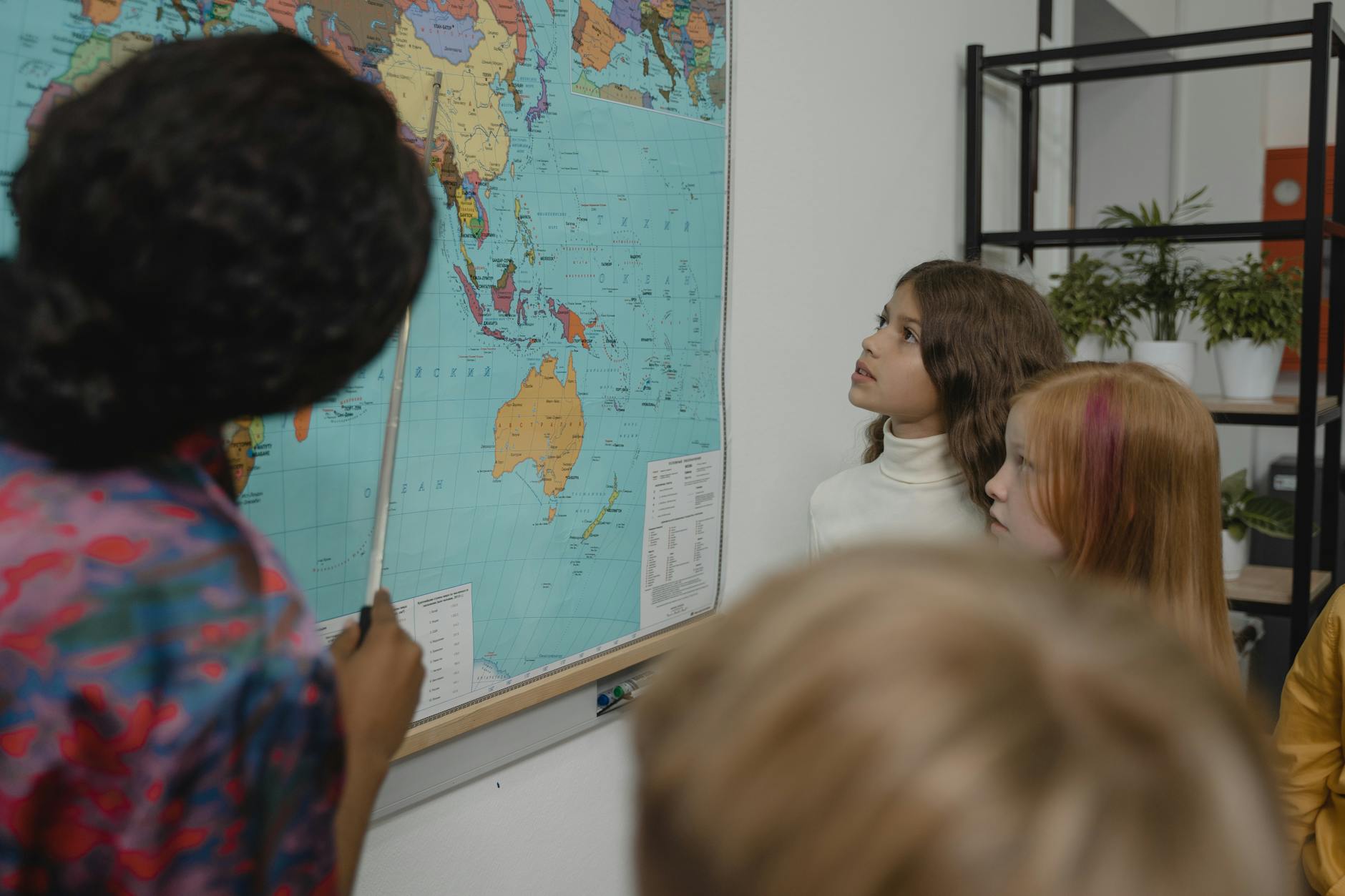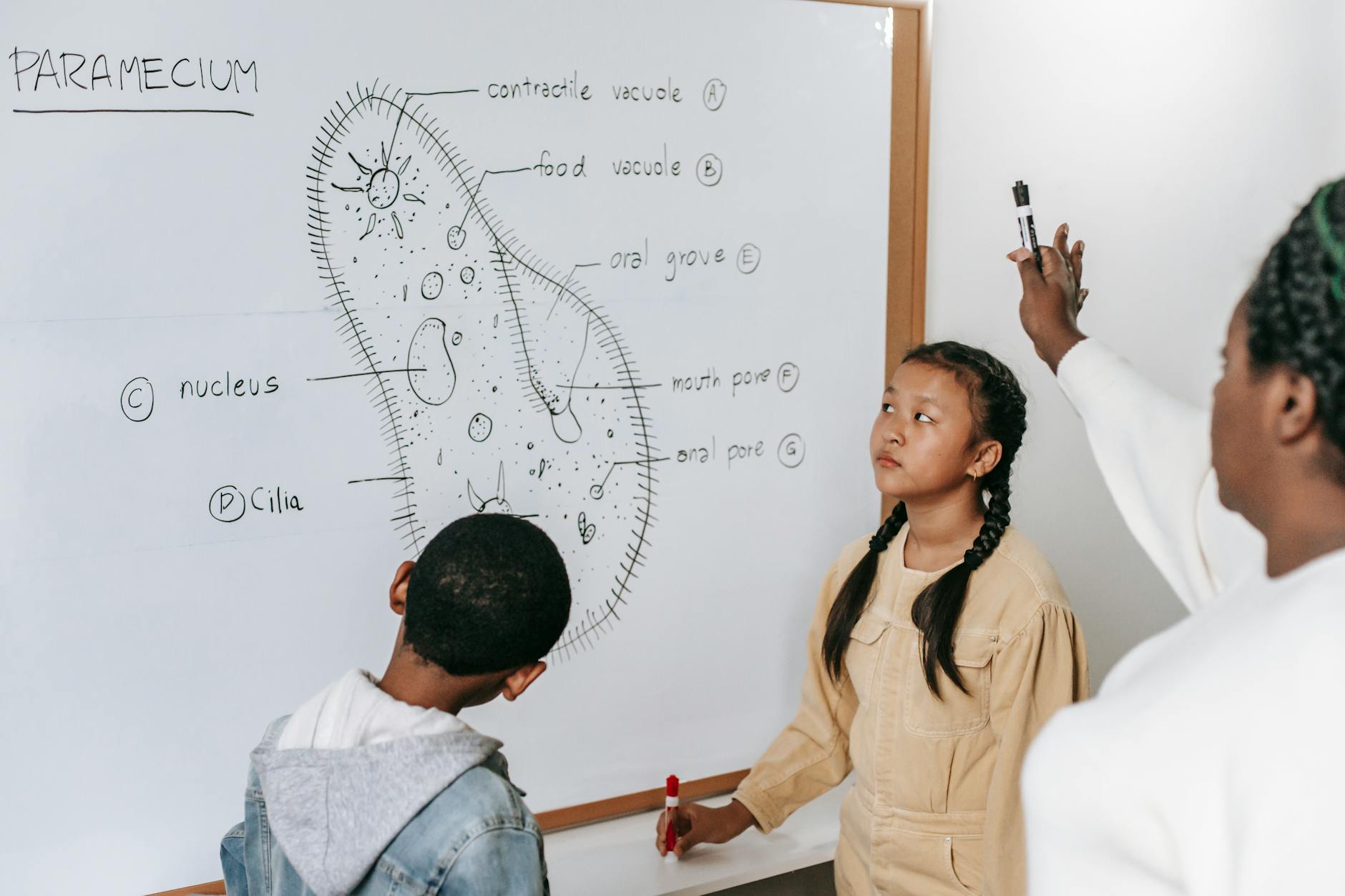Why Interactive Classes Are Transforming Work Culture in the United States

The Shift to Interactive Classes
In a landscape where creativity and engagement are pivotal, interactive classes are carving a niche as more than just hobbies—they're rejuvenating traditional workspaces. Particularly in diverse cities like Chicago, these novel experiences are no longer regarded as mere pastimes but rather essential elements of cultural and educational enrichment. For instance, pottery classes Chicago offer a tactile and fulfilling escape from the routine, encouraging team members to engage more deeply and creatively in a communal setting.
Changes in Traditional Workspaces
Workspaces are no longer just about cubicles and boardrooms. With insights gathered from employee surveys, it's evident that elements of interaction, such as art and cooking classes, are becoming integral to fostering a vibrant and dynamic work culture. Many organisations are reimagining their spaces, drawing inspiration from tech hubs like Silicon Valley, to accommodate these experiential activities. This shift is also evident in the growing popularity of cooking classes NYC, illustrating how hands-on experiences are being embraced across the country to reshape the traditional office setup.
Adoption by Modern Companies
Modern companies are increasingly adopting these interactive classes as a strategy to enhance employee satisfaction. This alignment with experiential learning not only boosts morale but also propels team members to think outside the box. Team retreats at Golden Gate Park exemplify how these activities bridge the gap between personal development and professional growth.
Emerging Trends and Practices
The arena of virtual team building activities has gained traction as companies look for innovative ways to connect remote workers. This trend highlights a pivot towards digital platforms that transcend geographical boundaries. Embracing these evolving practices ensures that companies remain nimble and adaptive in their approach to creating enriching employee experiences, setting a precedent for holistic workplace development.
Benefits for Work Culture
Boosting Employee Engagement
Incorporating interactive experiences like experience gifts into the workplace effectively boosts employee engagement. Insights from employee surveys consistently highlight how hands-on activities can transform work culture by fostering meaningful connections. Engaging team-building activities, akin to the dynamic sessions at HR events at the Moscone Center, stimulate enthusiasm among employees. These activities not only encourage participation but also create a sense of belonging, making employees feel valued and part of a cohesive unit.
Enhancing Team Collaboration
Team collaboration flourishes when employees engage in activities such as cooking classes San Francisco. These experiences mirror the innovation seen in the tech hubs of Silicon Valley, bringing team dynamics to life by encouraging communication and cooperation. Gathering around a shared goal, like cooking a meal together, breaks down barriers and builds trust, laying the foundation for more seamless teamwork in professional projects.
Driving Creativity and Innovation
Lastly, engaging in non-work-related activities, like pottery classes NYC, cultivates an environment ripe for creativity and innovation. The act of creating something original stimulates the mind, providing a fresh perspective that can be harnessed to tackle workplace challenges. This innovative approach to workplace culture empowers employees to think outside the box and bring new ideas to the table. These shifts not only create an invigorating workplace but also ensure employees feel empowered to contribute creatively every day.
Implementing Interactive Experiences
Selecting Suitable Activities
When contemplating the types of interactive experiences to incorporate within an architectural project, it’s crucial to consider both innovation and community engagement. Drawing inspiration from activities like paint and sip Chicago sessions, these experiences can breathe life into spaces and actively involve participants. The idea is to offer activities that not only entertain but also create lasting connections among the participants.
To determine the most suitable activities, feedback from employee surveys within your company or among your clients can offer valuable insights. Drawing a parallel to the pottery class San Francisco experiences prevalent in creative cities, the choice should aim to foster a sense of creativity that resonates with the tech hubs of Silicon Valley. As workplace environments in the tech industry illustrate, selecting the right mix of activities can significantly boost engagement.
Aligning with Company Goals
Incorporating interactive experiences serves a dual purpose: boosting engagement and aligning with the company or project goals. From an architectural perspective, integrating such activities into spaces should reflect not only the aesthetic but also the ethos of the client you are designing for. For instance, syncing these initiatives with sustainability goals can elevate the project's relevance. This calls to mind HR events at the Moscone Center, where activities align with overarching strategic objectives.
Integrating with Office Design
The integration of interactive experiences should harmonize with the architectural space. While planning, consider elements that highlight both functionality and aesthetics, ensuring they seamlessly blend into the design. Take inspiration from team retreats at Golden Gate Park, where nature and design coexist to enhance group activities effectively. The ultimate goal is to empower users to engage fully with their environment, thereby making the space a hub of activity and innovation.
Overcoming Integration Challenges
Addressing Space Constraints
Integrating interactive experiences like paint and sip NYC into architectural projects can present unique space constraints. As an architect, I understand the importance of functional design. Key steps in overcoming these spatial challenges involve:
- Allocating multi-use areas that can transition between community events and functional workspaces.
- Choosing modular furniture to maximise flexibility in spaces, allowing for easy reconfiguration.
- Incorporating communal features in underutilised areas such as rooftops or basements.
This approach ensures that every inch of the design benefits both interactive activities and operational needs.
Balancing Productivity and Leisure
While it's crucial to balance productivity and leisure in architectural spaces, it can be daunting. Through insights from employee surveys, it's proven that striking this balance enhances satisfaction. Consider these aspects:
- Design areas that cater to relaxation without distracting from work, such as quiet zones adjacent to creative workshops.
- Implement noise-buffering elements to minimise disruptions from leisure activities.
- Schedule specific times for activities like bachelorette party ideas to maintain a clear delineation between work periods and leisure.
Ensuring Inclusivity and Participation
Ensuring inclusivity in interactive experiences is essential in bridging divergent employee backgrounds and preferences. Fostering an environment that promotes involvement for everyone can be done by:
- Offering diverse activity options that cater to different interests and abilities.
- Regularly soliciting feedback through surveys to align offerings with employee preferences and ensure participation.
- Creating accessible spaces that are designed with inclusivity in mind, utilising universal design principles.
Through these strategies, I aim to foster community engagement and elevate the value of architectural projects, while being mindful of the challenges these integrations present.
Common Mistakes
Overlooking Employee Preferences
From my experience facilitating team retreats at Golden Gate Park, I've learned that ignoring employee preferences is one of the quickest ways to derail engagement efforts. Far too often, I've seen leaders assume what their teams want without first seeking insights through employee surveys. This usually leads to mismatches between activities and actual employee interests, diminishing engagement. Just like companies in the tech hubs of Silicon Valley, it's crucial to gather data on what truly excites and motivates your team, which can then guide your decisions about interactive activities.
Inconsistent Participation
Another pitfall is the lack of consistent participation. Borrowing lessons from HR events at the Moscone Center, where engagement is nurtured through regularity and structure, it becomes evident that regularity is key. Sporadic activities lose their effectiveness over time. By integrating a recurrent schedule, companies can create a rhythm that employees come to expect and anticipate. Consistency ensures that activities become an ingrained part of the work culture, much like the Friday afternoon team debriefs I’ve observed in successful tech companies.
Measuring Impact
Finally, failing to measure impact leaves organizations blind to what works and what doesn't. It’s crucial to set clear KPIs before starting any engagement activity. By leveraging employee feedback and regularly assessing outcomes against these metrics, companies can refine and adapt their strategies. This echoes a lesson from tech leaders in San Francisco who continuously iterate their approaches based on performance metrics, ensuring they are always on the path to empowerment.


